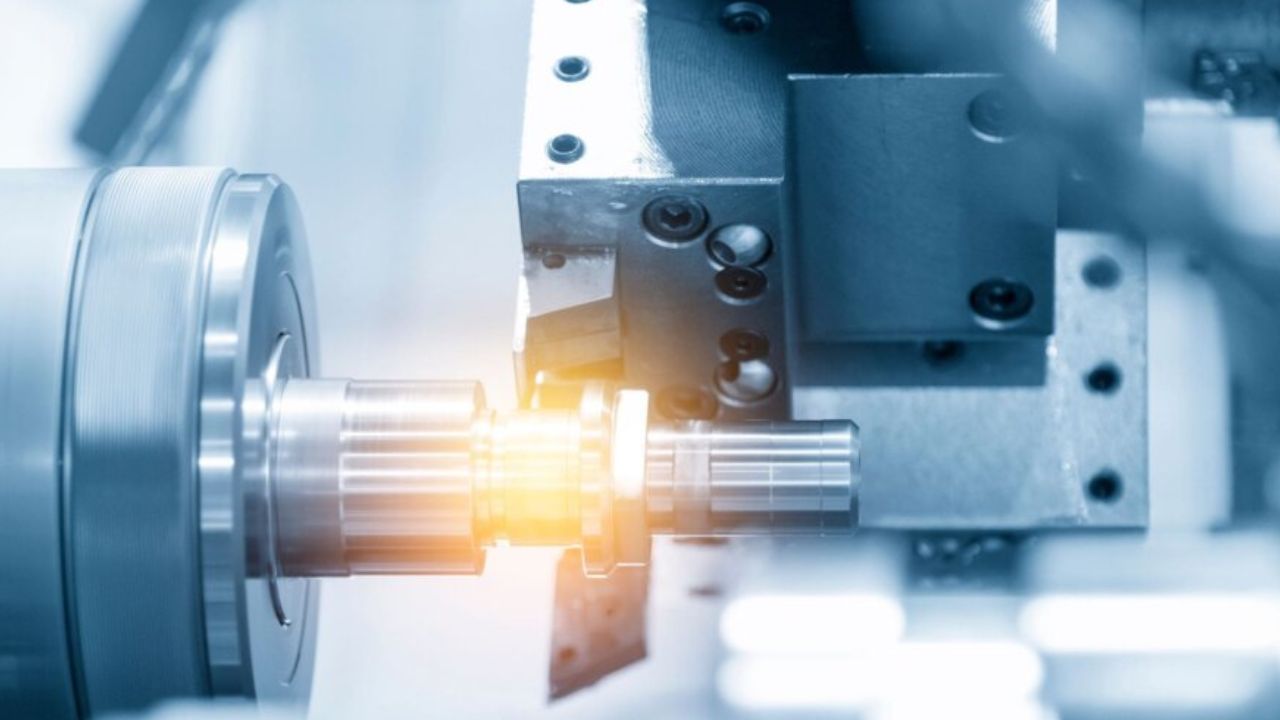Calipers, micrometers, height gauges, optical measurement systems, surface profilers for finish assessment, roundness testers, hardness testers, ultrasonic testing for flaw detection, portable CMMs, digital projectors, 3D scanners, and gauge blocks for calibration are the primary tools used to measure CNC machining tolerance. To guarantee that parts satisfy predetermined tolerances during CNC machining, a variety of instruments and techniques are combined to verify dimensional accuracy, surface quality, form, and material hardness.
Traditional measurement instruments and sophisticated metrology equipment are among these techniques. To learn more about CNC Machining Visit the page. For machined products to be precise and of high quality, it is essential to measure CNC machining tolerance accurately. To ensure that parts fulfill the required design specifications, a variety of techniques are used to measure and confirm tolerances.
Techniques Most Frequently Employed To Gauge CNC Machining Tolerance
To ensure that parts satisfy the given design criteria, a variety of procedures are used to measure and verify tolerances. These techniques cover anything from sophisticated metrology equipment to conventional measurement tools.
Micrometers and Calipers
These conventional handheld instruments are used for simple, rapid measurements. Micrometers measure thickness, diameter, or depth, providing accurate measurements within their designated range, whereas calipers measure external dimensions.
Height and Depth Gauges
Height gauges are particularly helpful for determining step heights and whole depths because they measure vertical distances and depths. In particular, depth gauges precisely measure the depth of holes. To ensure that parts satisfy the given design criteria, a variety of procedures are used to measure and verify tolerances. These techniques cover anything from sophisticated metrology equipment to conventional measurement tools.
Micrometers and Calipers
These conventional handheld instruments are used for simple, rapid measurements. Micrometers measure thickness, diameter, or depth, providing accurate measurements within their designated range, whereas calipers measure external dimensions.
Height and Depth Gauges
Height gauges are particularly helpful for determining step heights and whole depths because they measure vertical distances and depths. In particular, depth gauges precisely measure the depth of holes.
Surface Profilers and Roughness Testers
These tools assess the texture and finish of surfaces to make sure they adhere to predetermined tolerances for surface finish. They also give insights into surface irregularities such as waviness and roughness.
Roundness & Hardness Testers
Roughness testers are used in CNC machining to measure imperfections and surface texture to make sure items satisfy specified tolerances for surface finish. In order to determine machinability and dimensional accuracy which are essential for choosing the right cutting settings and guaranteeing part integrity in CNC machining hardness testers evaluate the hardness of materials.
Ultrasonic and Eddy Current Testing
Non-destructive techniques used in CNC machining to find defects, cracks, and abnormalities in materials include eddy current and ultrasonic testing. While eddy current testing employs electromagnetic induction to detect surface and certain subsurface problems by studying changes in induced currents, ultrasonic testing uses sound waves to discover subsurface defects by detecting wave reflections.
Coordinate Measuring Machines That are Portable (PCMMs)
Precision metrology instruments called Coordinate Measuring Machines (CMMs) are used in CNC machining to measure the dimensions and geometric properties of machined items. CMMs carefully measure and examine points on a part’s surface using probes and sensors to ensure that it is in compliance with design specifications and tolerances. With their three-dimensional measuring capabilities, these machines help with quality control and guarantee the correctness of intricate geometries and crucial features.
Digital optical projectors & 3D Scanner
These tools offer great accuracy and precision for a variety of part geometries, projecting and measuring parts against predetermined tolerances and dimensions.3D Scanners By capturing precise geometry data, 3D scanners make it possible to compare a part’s dimensions and tolerances with CAD models.
Conclusion
The complexity, precision, and usefulness of the techniques used to quantify CNC machining tolerance differ. They are chosen in accordance with the part’s particular needs, the required degree of accuracy, and the kind of measurements that are required. Combining these technologies and measuring tools guarantees that machined parts follow tolerances, confirming the accuracy and high quality of the parts produced by CNC machining.

